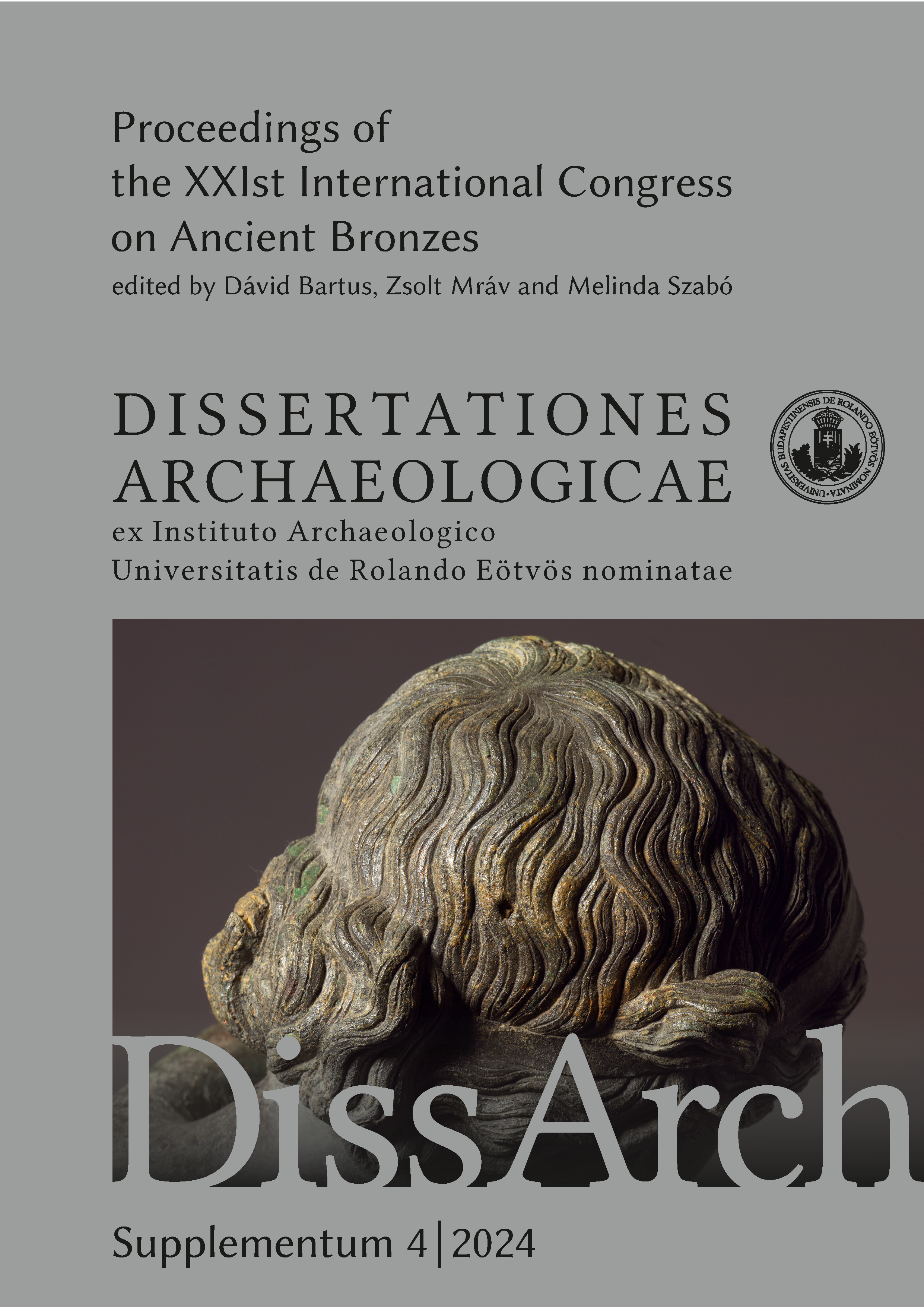Published 2024-09-30
Keywords
- Lusitania,
- official sculpture in bronze,
- time of Augustus
How to Cite
Abstract
The Romanisation of Lusitania (Hispania) took place in the time of Augustus, after the conquest of the Hispanic territory at the end of the 1st century BC. Bronze has largely disappeared from the archaeological remains, due to its constant reuse. In the early decorative programmes of some Lusitanian cities there are important traces of bronze sculptures. We present three examples: Sculptures from the provincial capital Augusta Emerita in its first public decorative phase in local granite and bronze, before the massive presence of marble; an equestrian statue from the forum of the colonia Norbensis Caesarina, perhaps representing its founding patron Lucius Cornelius Balbus, and an imperial statuary fragment from the Roman theatre of the colonia of Metellinum. They all date from the Augustan period and attest to the presence of important bronze workshops in the western part of the Empire.


